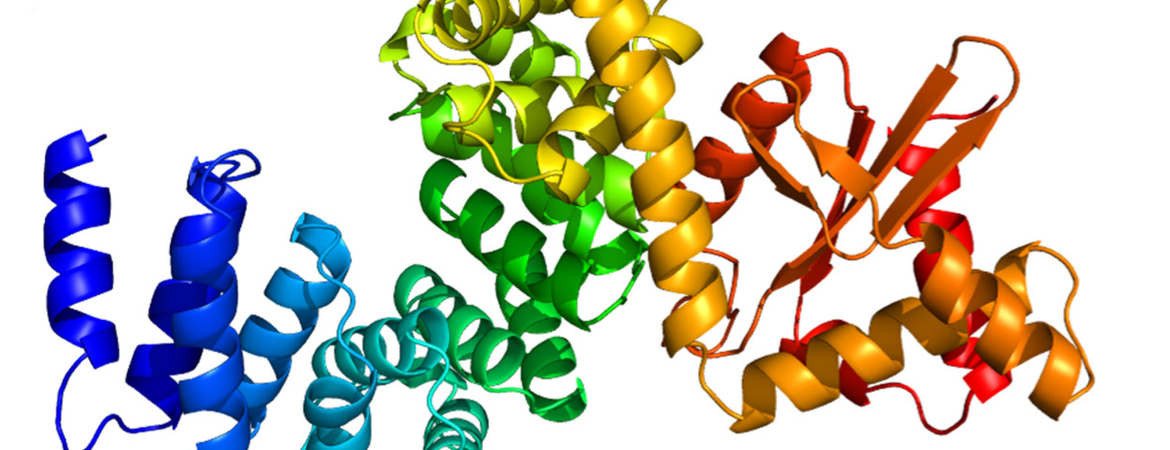
Malaria, a mosquito-borne disease, killed more than 620,000 people worldwide in 2020. Jeopardizing the survival of Plasmodium falciparum, the malaria parasite, is one way to control the spread of this deadly disease.
A team led by an infectious disease expert at the University of California, Riverside, has now identified two proteins that are key to P. falciparum’s survival. The discovery, reported today in Nature Communications, suggests these proteins — RAP01 and RAP21 — could be potential targets for novel antimalarial and antiparasitic strategies.
“Understanding the exact function of this pair of proteins could lead to the discovery of new therapeutic strategies to fight malaria,” said Karine Le Roch, a professor of molecular, cell and systems biology, who led the research. “Using advanced genome editing technology, we were able to show that these two proteins are intimately linked to P. falciparum’s mitochondria, the cells’ powerhouses. Without these proteins, the mitochondria cannot ensure the parasite’s function and it dies.”
The pair of proteins belong to the “RNA-binding domain abundant in Apicomplexans,” or RAP, protein family, which has been identified in several organisms. Their main biological function has eluded scientists. Despite their potential as novel therapeutic targets, they remain poorly characterized.
Le Roch explained that human cells have only a small number of RAP proteins. But Apicomplexan parasites — such as P. falciparum and the toxoplasmosis-causing microbe Toxoplasma gondii — have a large number of these proteins. Further, the mitochondria in Apicomplexan parasites differ greatly from those in humans. For example, Apicomplexan parasites have many fragmented ribosomal RNAs in their mitochondria. Human mitochondria, on the other hand, have long, unfragmented ribosomal RNAs.
“RAP01 and RAP21 may be instrumental in bringing all the fragmented ribosomal RNAs together,” said Le Roch, who directs the UCR Center for Infectious Disease and Vector Research. “These RNAs are essential for protein translation in the mitochondria. If drugs can be developed to knock down RAP01 and RAP21, the whole process would be interrupted, leading to the parasite’s death. Such drugs are unlikely to affect human mitochondria because they differ vastly from mitochondria of Apicomplexan parasites.”
According to Le Roch, RAP01 and RAP21 are detected and expressed at higher levels at every stage of the Apicomplexan parasite lifecycle. Her team used the CRISPR-Cas9 genome-editing tool to knock down these proteins. When death of the Apicomplexan parasite followed, the team realized the proteins were essential to the parasite’s survival.
Le Roch was joined in the research by Thomas Hollin, Steven Abel, Anil Bhatia, Manhoi Hur, Jay S. Kirkwood, Jacques Prudhomme and Amancio de Souza at UCR; Alejandra Falla, Charisse Flerida A. Pasaje, and Jacquin C. Niles at the Massachusetts Institute of Technology; and Anita Saraf and Laurence Florens at the Stowers Institute for Medical Research in Missouri.
The research was supported by a grant to Le Roch from the National Institutes of Health.
The research paper is titled “Functional genomics of RAP proteins and their role in mitoribosome regulation in Plasmodium falciparum.”




